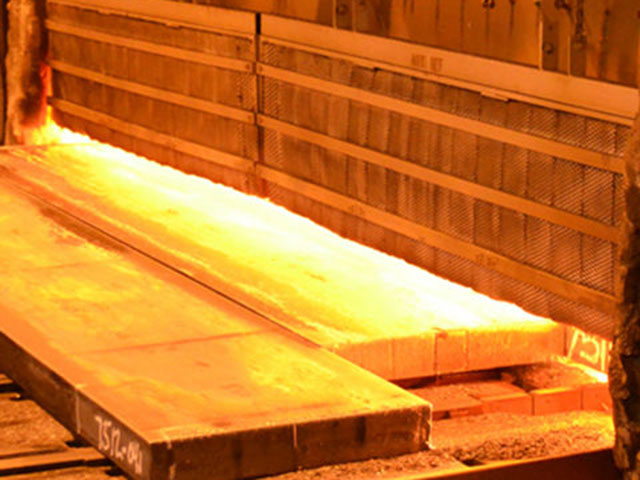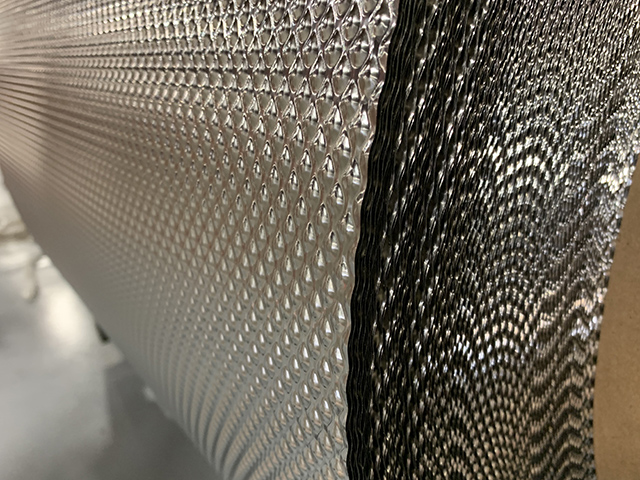Stainless Steel heat treating is a process whereby some property of a metal is altered by adding heat to it. Heat treating is used to change both the physical properties and sometimes the chemical properties of a metal. Industrial and metalworking processes are the most frequent types to turn to heat treatment as a metal game-changer, and multiple heat-treating techniques exist to accomplish the job.
What may not be so widely known is that stainless steel plays a role in the heat-treating arena and for several compelling reasons. Stainless steel’s excellent response to heat treatment is its greatest asset when it comes to being used in the metal alteration process. The metal also offers outstanding heat treating and versatility.
What are some of the ways that stainless steel is heat-treated? We discuss three of the most common processes.
- Annealing – If increasing ductility, or tensile stress response, is the stainless steel alternation you are hoping to achieve, annealing is what brings this quality about. Why would you want to anneal a metal like stainless steel? The most compelling reason is that it allows you to work with the metal more easily. How much ductility you are seeking will determine the temperature applied to the stainless steel. Anything higher than 1900°F (1040°C) will typically elevate stainless steel’s tensile stress response, but 1800°F to 2000°F is optimal followed. After the heat treatment, the material should be allowed to cool. In addition to increasing stainless steel’s ductility, annealing provides superior impact resistance, corrosion resistance, stress relief and a more homogeneous microstructure to the metal.
- Subcritical Annealing – This method of stainless steel heat treating occurs at lower temperatures than traditional annealing. Subcritical annealing is useful when a lesser degree of softness is required. This type of heat treating process takes place at temperature ranges of between 1400°F (760°C) and 1525°F (830°C). At these heat treating points, the stainless steel enters into the upper range of its temperature spectrum. The metal is then slow cooled.
- Stress Relieving – This process occurs at temperature ranges below subcritical annealing and somewhere between subcritical and traditional annealing. As might be expected then, it has a broad spectrum of stainless steel heat treating temperatures: 800°F (425°C) and 1700°F (925°C). Which temperature you opt for will depend on how quickly you need to achieve the desired stress relief. For example, at 1600°F (870°C), stainless steel can be stress relieved in just one hour. After those 60 minutes, 85% of the metal’s residual stresses are reduced.
Are there any instances where you might want to avoid heat treating stainless steel? Yes, there is one case in particular, and that is when optimal corrosion resistance is required as heat treating stainless steel dramatically lowers such resistance. To overcome this downside, either stabilized stainless steel like Comet Metal’s Alloy 321, or an extra-low carbon stainless steel. The only caveat is that our Alloy 321 should not be used at temperatures below 1700 °F (927 °C).





